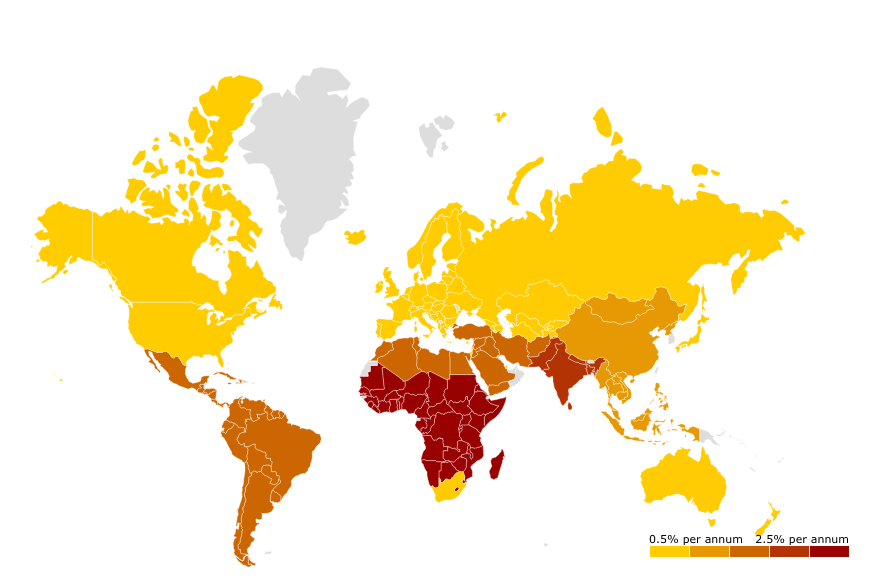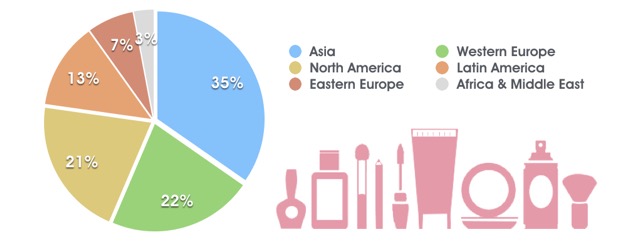Sustainable Farming and Water
Water is essential for human health, economic growth and safeguarding our environment, yet we have allowed this valuable resource to be withdrawn and utilized faster than it can be replenished. The increasing competition for water, pollution from agricultural runoff, weak water management and aging infrastructure all contribute to a water availability crisis that was names the top global risk in terms of global impact by the World Economic Forum.
Modern agriculture, one of the major causes of water scarcity, is leaving rivers, lakes and underground water sources dry in many irrigated areas around the world by consuming 70% of the planet’s available freshwater.…

